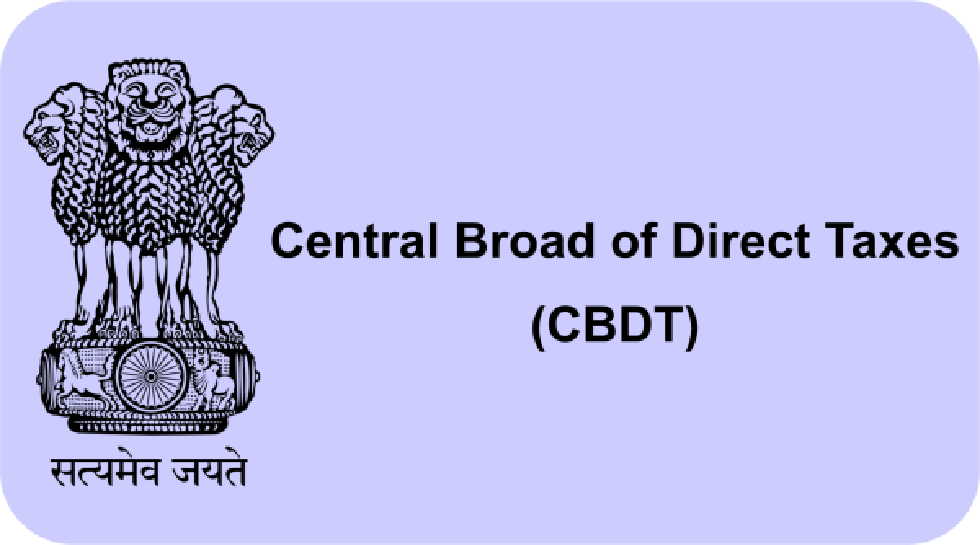About Central Board of Direct Taxes (CBDT):
- It is a statutory authority functioning under the Central Board of Revenue Act, 1963.
- The CBDT is a part of the Department of Revenue in the Ministry of Finance.
- Functions:
- Its functions include formulation of policies, dealing with matters relating to levy and collection of direct taxes, and supervision of the functioning of the entire Income Tax Department.
- CBDT also proposes legislative changes in direct tax enactments and changes in rates and structure of taxation in tune with the policies of the Government.
- Historical Background:
- The Central Board of Revenue, as the Department’s apex body charged with the administration of taxes, came into existence as a result of the Central Board of Revenue Act, 1924.
- Initially, the Board was in charge of both direct and indirect taxes.
- However, when the administration of taxes became too unwieldy for one Board to handle, the Board was split up into two, namely the Central Board of Direct Taxes and Central Board of Excise and Customs, with effect from 1.1.1964
- This bifurcation was brought about by the constitution of the two Boards u/s 3 of the Central Boards of Revenue Act, 1963.
- Structure:
- The CBDT is headed by Chairman and also comprises of six members, all of whom are ex-officio Special Secretary to the Government of India.
- Member (Income Tax)
- Member (Legislation and Computerization)
- Member (Revenue)
- Member (Personnel & Vigilance)
- Member (Investigation)
- Member (Audit & Judicial)
- The Chairman is the co-ordinating head, and each of the members has been assigned a specialized function.
- The Chairman and Members of CBDT are selected from Indian Revenue Service (IRS).
